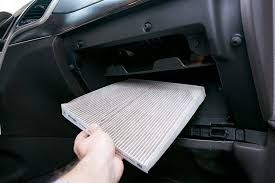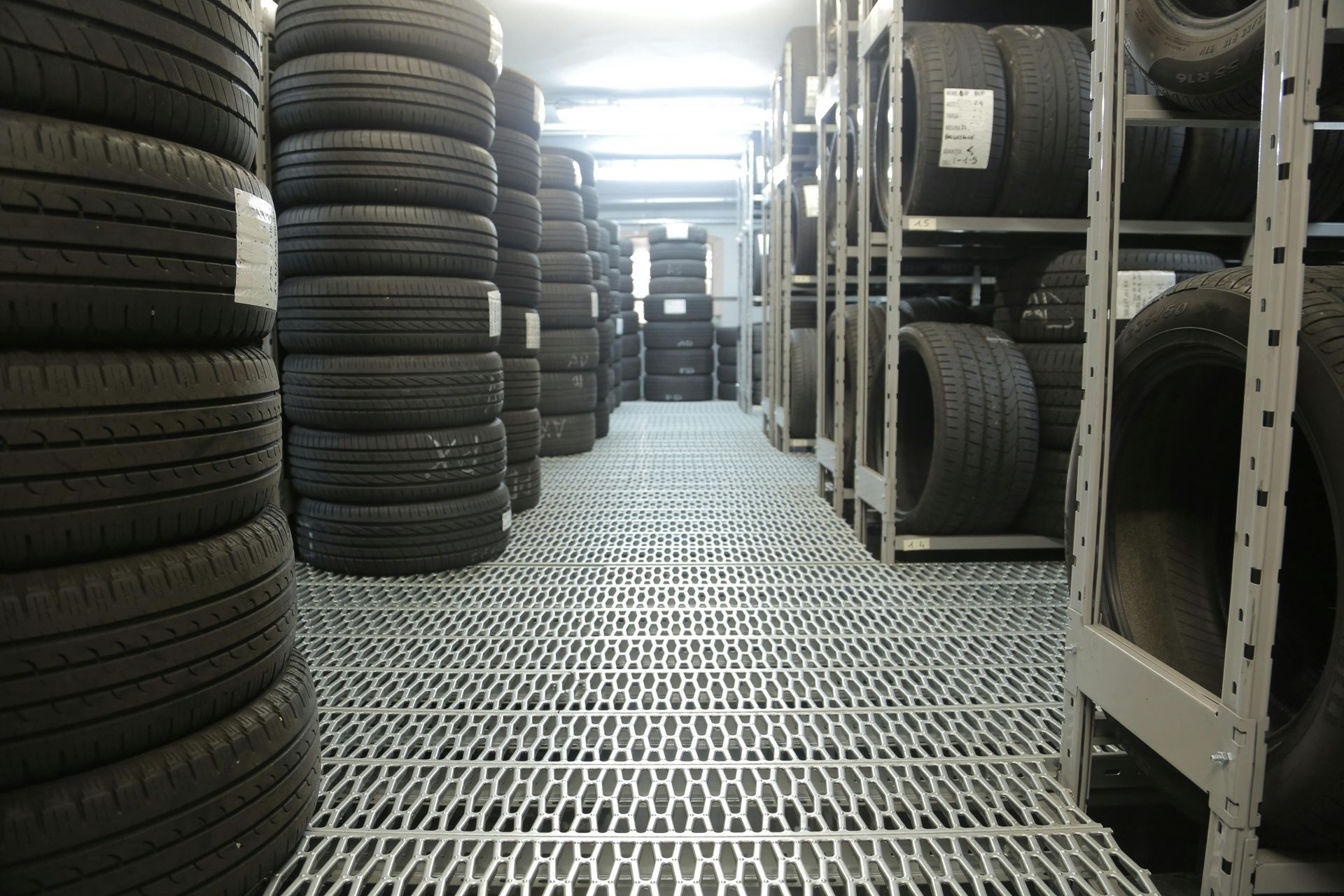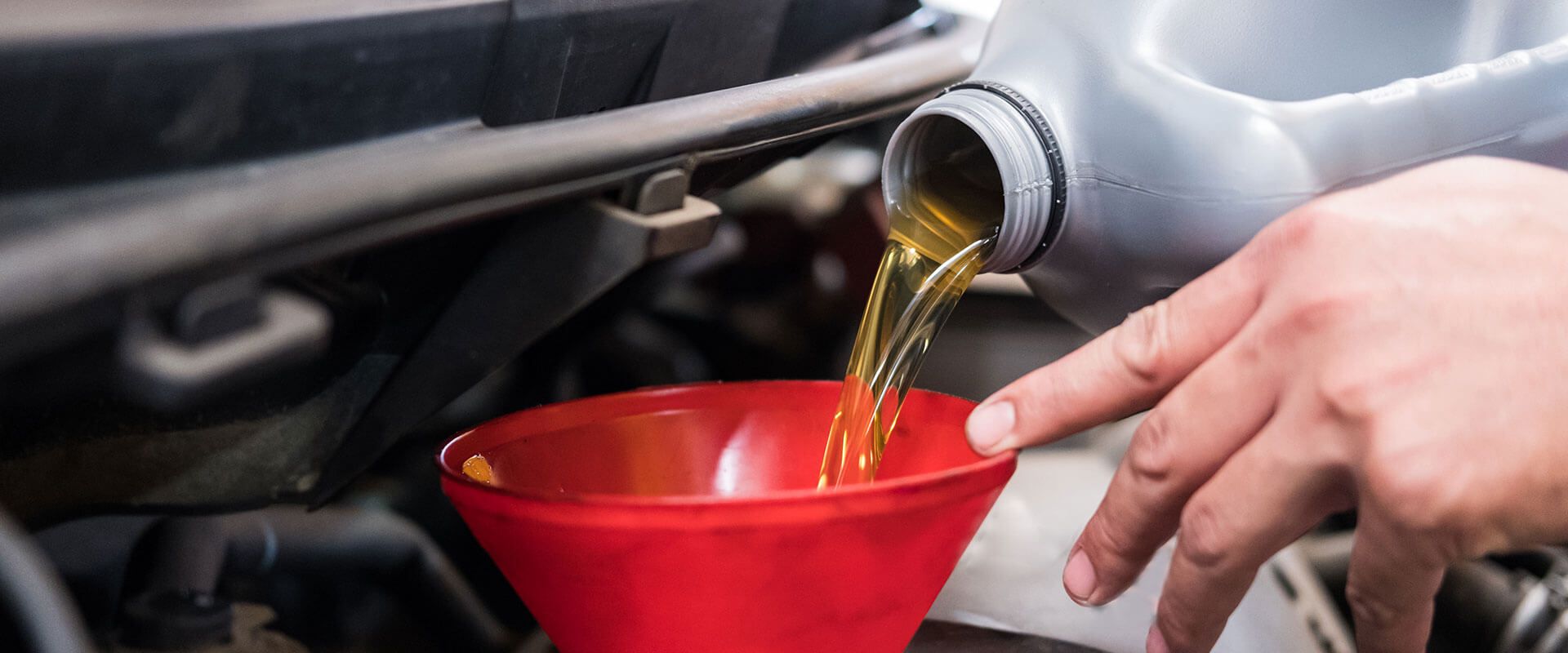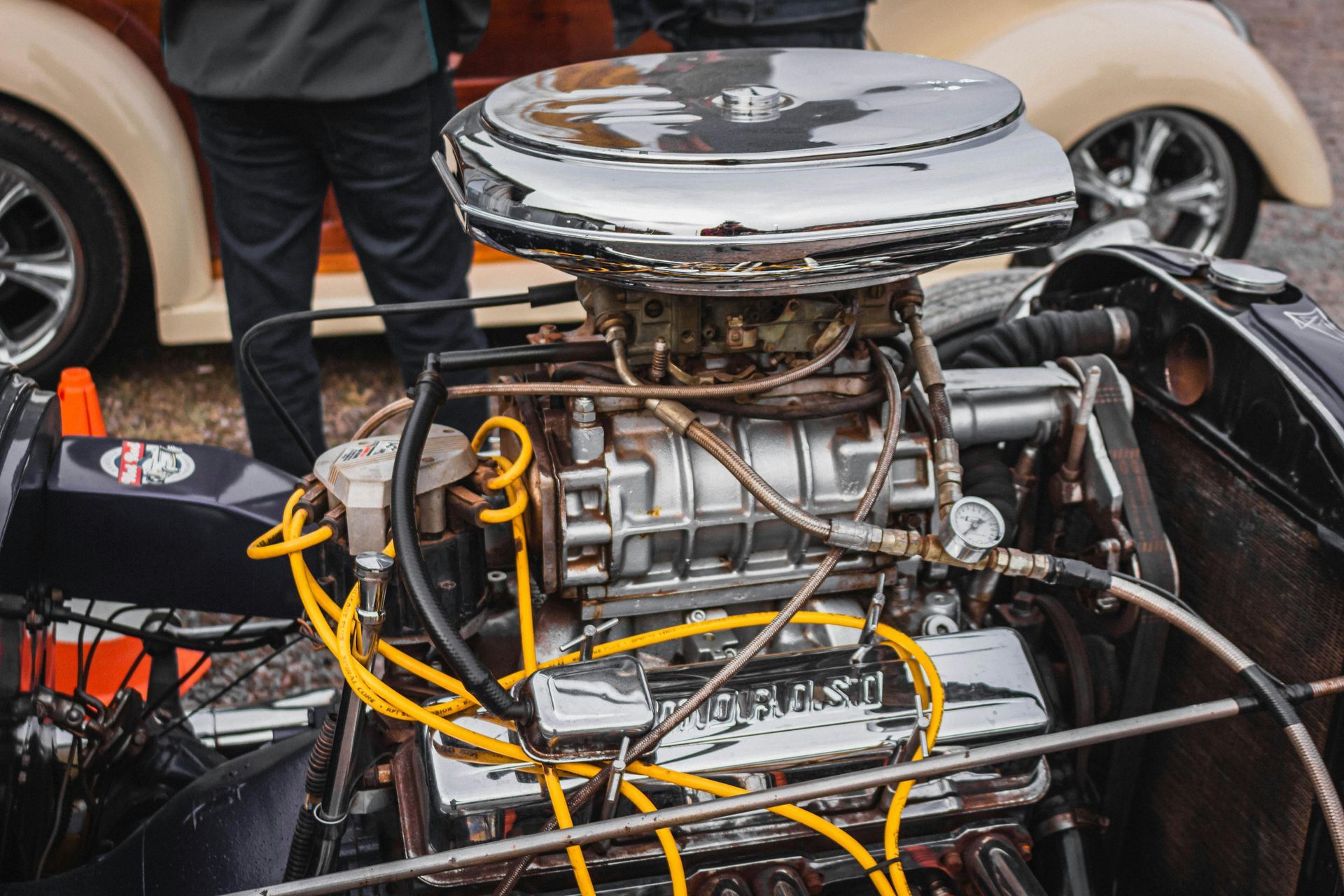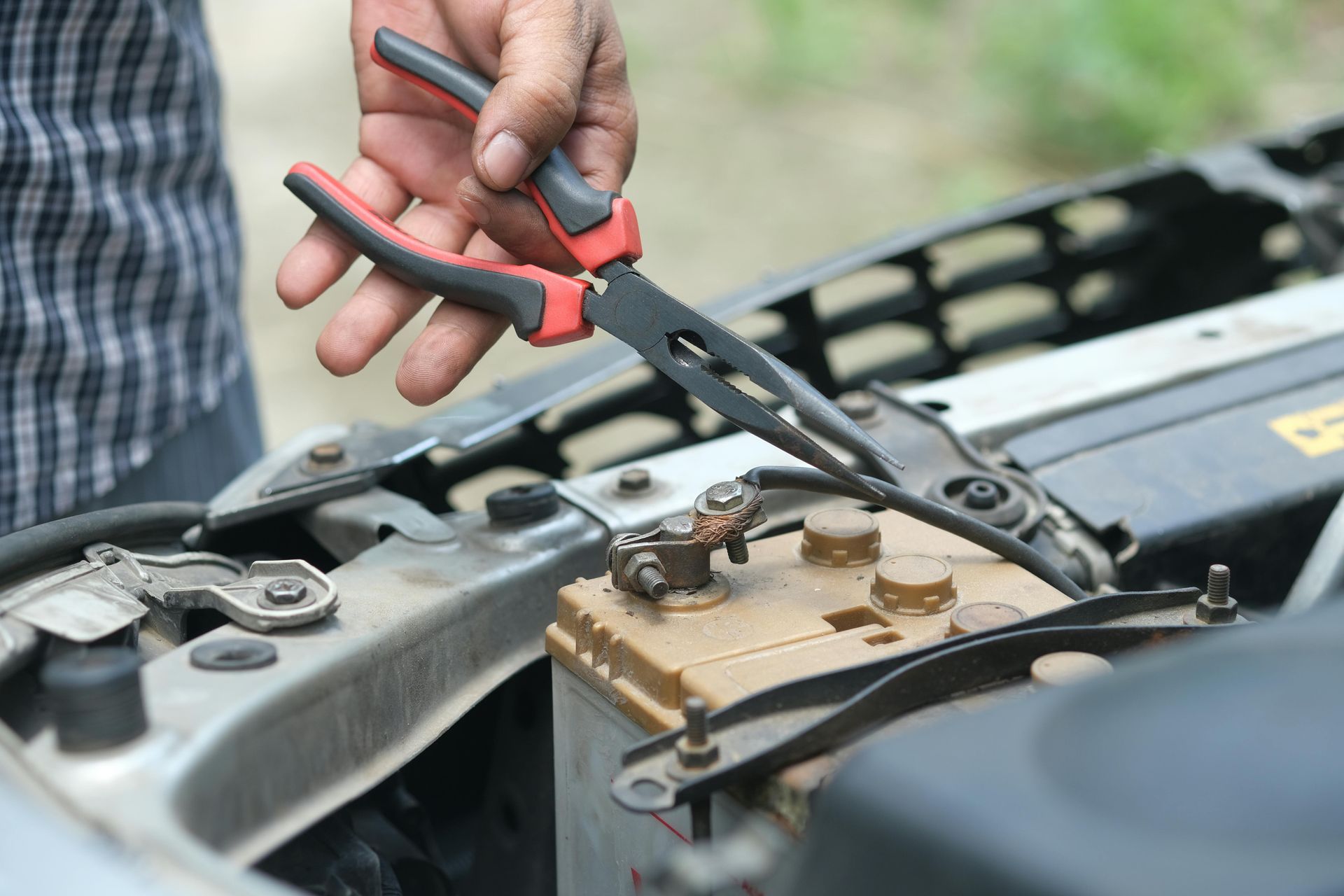Junp Starting A Vehicle
A Step By Step Guide To Jump Start Your Vehicle
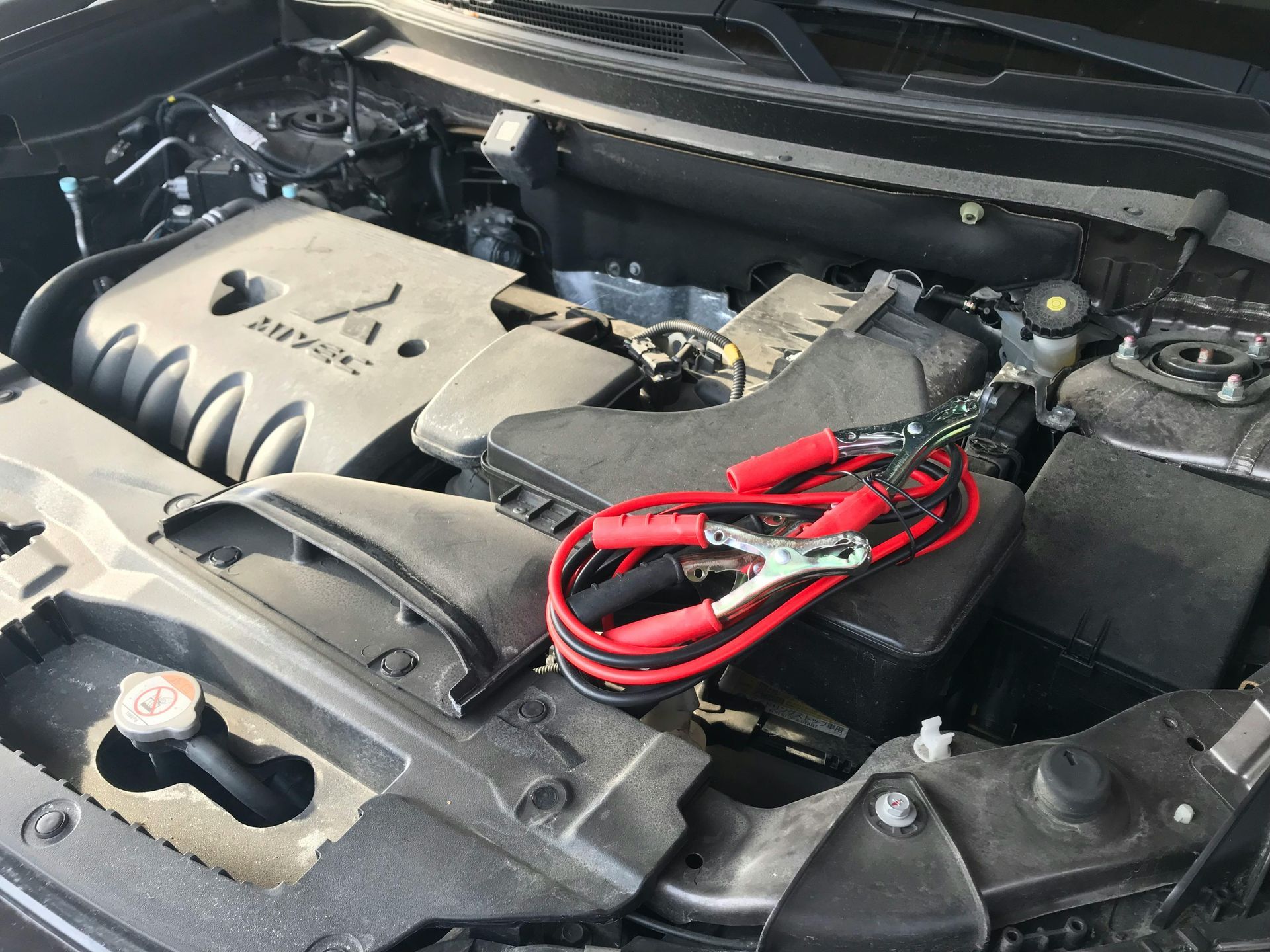
How to Jump Start a Vehicle: A Step-by-Step Guide
When your car won’t start, it can be a frustrating experience, especially if you’re in a hurry. A dead battery is often the culprit, but don’t worry! Jump starting your vehicle is a straightforward process that anyone can master. Here’s a step-by-step guide to get you back on the road in no time.
What You’ll Need
- Jumper cables: Make sure they are in good condition. (inspect cables for open wires)
- Another vehicle: This will provide the power needed to jump start your car.
- Safety gear: It’s a good idea to have gloves and goggles, just in case.
Step-by-Step Instructions
1. Position the Vehicles
- Park the working vehicle close to the dead vehicle, ensuring that the batteries are within reach of the jumper cables.
- Make sure both vehicles are turned off and set the parking brakes for safety.
2. Identify Battery Terminals
- Open the hoods of both vehicles and locate the batteries.
- Identify the positive (+) and negative (−) terminals. The positive terminal is usually red, and the negative is black.
3. Connect the Jumper Cables
- Red to Dead: Connect one end of the red jumper cable to the positive terminal of the dead battery.
- Red to Donor: Connect the other end of the red cable to the positive terminal of the working battery.
- Black to Donor: Connect one end of the black cable to the negative terminal of the working battery.
- Black to Ground: Finally, connect the other end of the black cable to a metal part of the dead vehicle (like a bolt or bracket). This serves as a ground and helps prevent sparks near the battery.
4. Start the Donor Vehicle
- Start the working vehicle and let it run for a few minutes. This allows the dead battery to charge.
5. Start the Dead Vehicle
- After a few minutes, try to start the dead vehicle. If it doesn’t start, wait a few more minutes and try again. If it still won’t start after several attempts, there may be another issue at play.
6. Disconnect the Cables
- Once the dead vehicle is running, carefully disconnect the jumper cables in reverse order:
- Remove the black cable from the grounded part of the dead vehicle.
- Remove the black cable from the working battery.
- Remove the red cable from the working battery.
- Finally, remove the red cable from the dead battery.
7. Let the Vehicle Run
- Keep the jumped vehicle running for at least 20 minutes to allow the battery to charge fully. If possible, take it for a drive to help recharge the battery further.
Safety Tips
- Check Battery Condition: Before jump starting, inspect the batteries for any signs of damage or leaks.
- Read the Owner’s Manual: Some vehicles may have specific instructions for jump starting.
- Avoid Sparking: Be cautious when connecting the cables to prevent sparks, especially near the battery.
Conclusion
Jump starting a vehicle is a skill every driver should have in their toolkit. With a little practice and patience, you can confidently revive a dead battery and get back on the road. Remember to follow the steps carefully, prioritize safety, and don’t hesitate to call for professional help if needed. Happy driving!

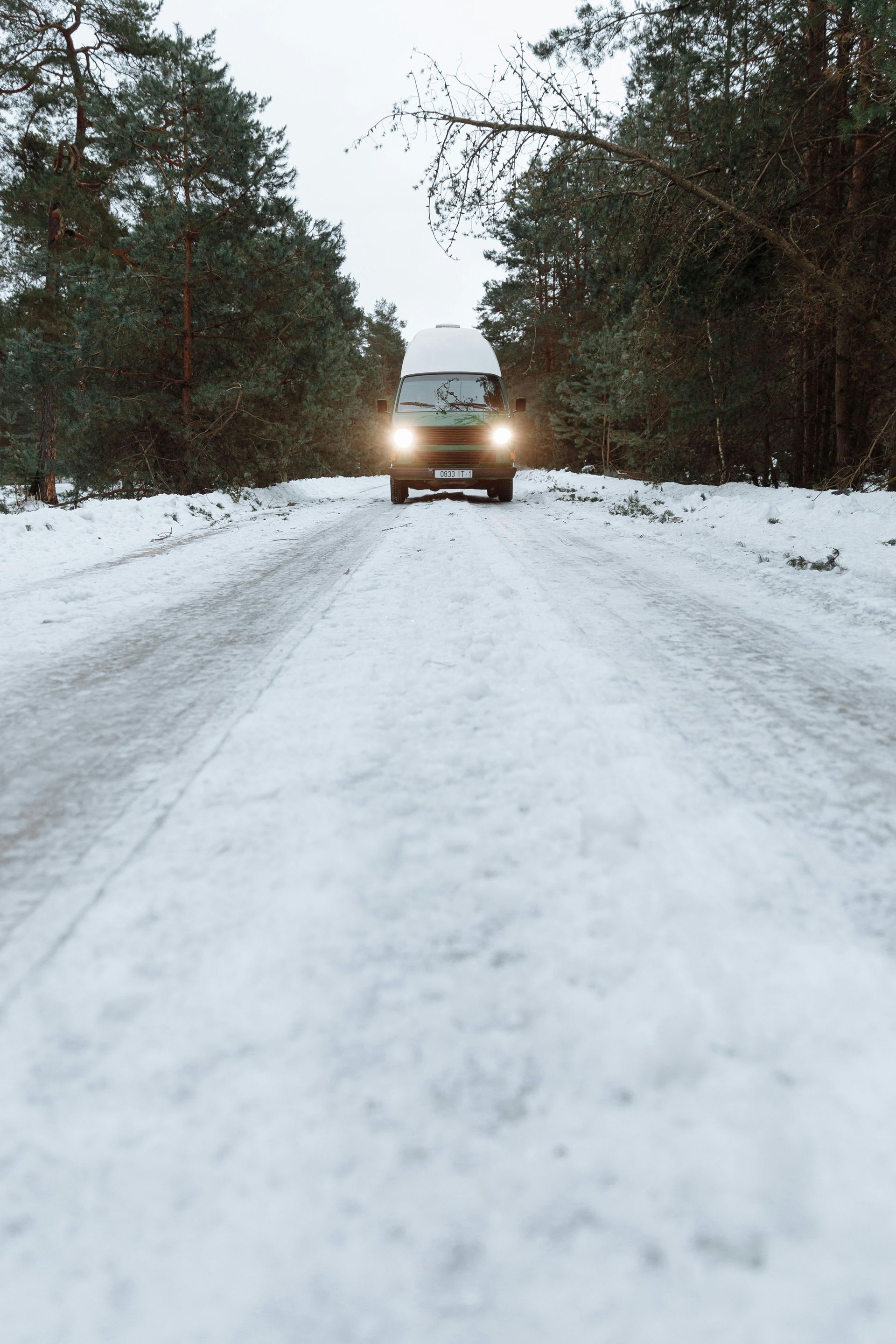
Follow us
Lariat Automotive
Services
Follow us
Lariat Automotive
5142 Rice Lake Rd, Duluth, MN 55803, United States of America
Mon - Fri 7:00 AM - 5:00 PM
© 2024 Business Name. All Rights Reserved | Website managed by Shopgenie

